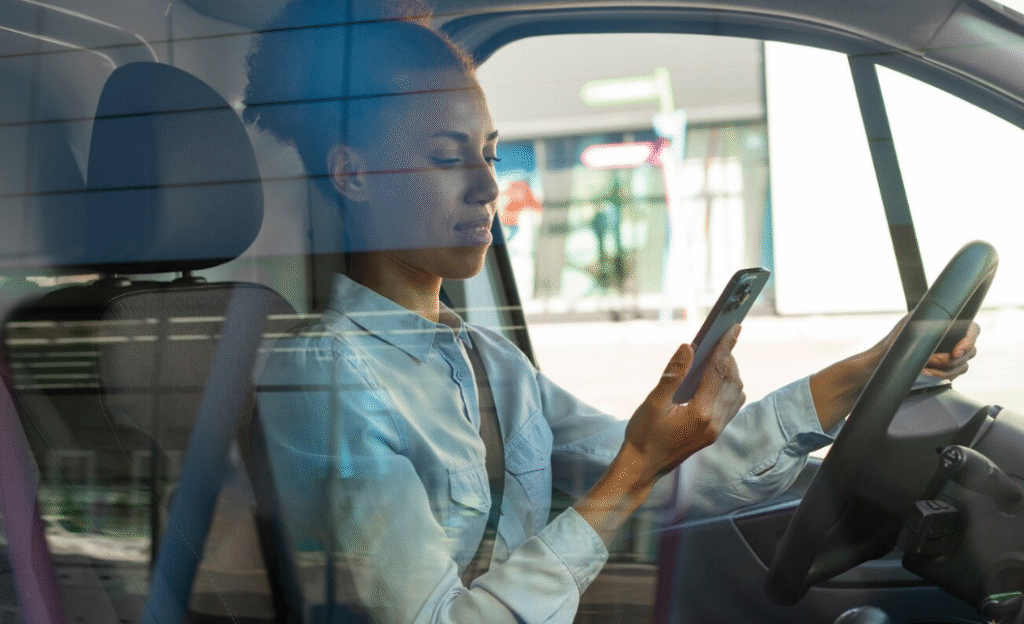Natural and man-made disasters strike with little warning, often leaving behind devastation and disruption. In these critical moments, technology has become a powerful ally in disaster relief efforts—helping to save lives, restore infrastructure, and coordinate aid more efficiently. From drones and satellite imagery to AI-driven crisis mapping and communication platforms, digital tools are transforming how we prepare for, respond to, and recover from disasters.
Early Warning and Preparedness
Prevention begins with prediction. Modern technologies are now capable of forecasting and monitoring disasters before they happen, giving communities valuable time to prepare.
Key tools include:
- Satellite systems that monitor weather patterns, wildfires, or rising sea levels
- Seismic sensors and IoT devices that detect early signs of earthquakes or floods
- AI-based modeling software that simulates disaster scenarios and helps in planning evacuation routes and emergency protocols
These predictive technologies not only reduce fatalities but also help minimize economic damage by informing timely evacuations and resource allocation.
Real-Time Communication and Coordination
In the chaos of a disaster, communication is often the first casualty. Traditional infrastructure may fail, but technology steps in to bridge the gap.
- Mesh networks and satellite phones allow emergency teams to stay connected even when cell towers are down
- Crisis mapping platforms, like Ushahidi, collect real-time data from social media and SMS to identify affected areas
- Mobile apps allow citizens to report hazards or request help directly, improving response times
These tools support coordination among government agencies, NGOs, and first responders—ensuring help reaches those in need faster and more effectively.
Drones, Robotics, and Aerial Surveillance
Drones have become essential in disaster zones. They can quickly survey large areas, assess damage, locate survivors, and deliver supplies to places inaccessible by land.
Other robotic technologies also play a role:
- Search-and-rescue robots that navigate rubble and hazardous zones
- Autonomous delivery vehicles for medical supplies or food
- Thermal imaging drones to detect body heat in search missions
These innovations significantly reduce the risks to human rescuers while speeding up critical operations.
Data-Driven Decision Making
Disaster relief is a race against time. Technologies that collect, analyze, and visualize data help emergency teams make faster, smarter decisions.
- Geographic Information Systems (GIS) map damage, resources, and needs in real-time
- Machine learning algorithms analyze data to prioritize responses and predict aftereffects
- Blockchain is being explored for secure and transparent distribution of aid and donations
By turning raw data into actionable insights, responders can target efforts where they matter most.
Long-Term Recovery and Resilience
Technology also plays a key role in post-disaster recovery and building resilience:
- 3D printing has been used to construct temporary shelters or repair infrastructure
- Digital ID systems help displaced populations access aid and services
- Mobile payment platforms enable cash transfers to affected families
- Remote education and telemedicine tools maintain access to essential services when schools or hospitals are damaged
These solutions ensure that recovery is not just reactive, but a step toward building stronger, more resilient communities.
Challenges and Ethical Considerations
While technology offers powerful tools, it also comes with challenges:
- Digital inequality: Not all communities have equal access to technological solutions
- Privacy concerns: Collection of personal data must be handled with care and consent
- Over-reliance: Technology must support, not replace, local knowledge and human judgment
To be effective, technology in disaster relief must be inclusive, ethical, and adapted to the local context.
Conclusion
Technology is revolutionizing disaster relief by enabling faster response, better coordination, and smarter recovery strategies. As disasters grow in frequency and intensity due to climate change and urbanization, investing in innovative, ethical, and inclusive technological solutions is more crucial than ever. When combined with human compassion and community strength, technology becomes a life-saving force in the most critical moments.


